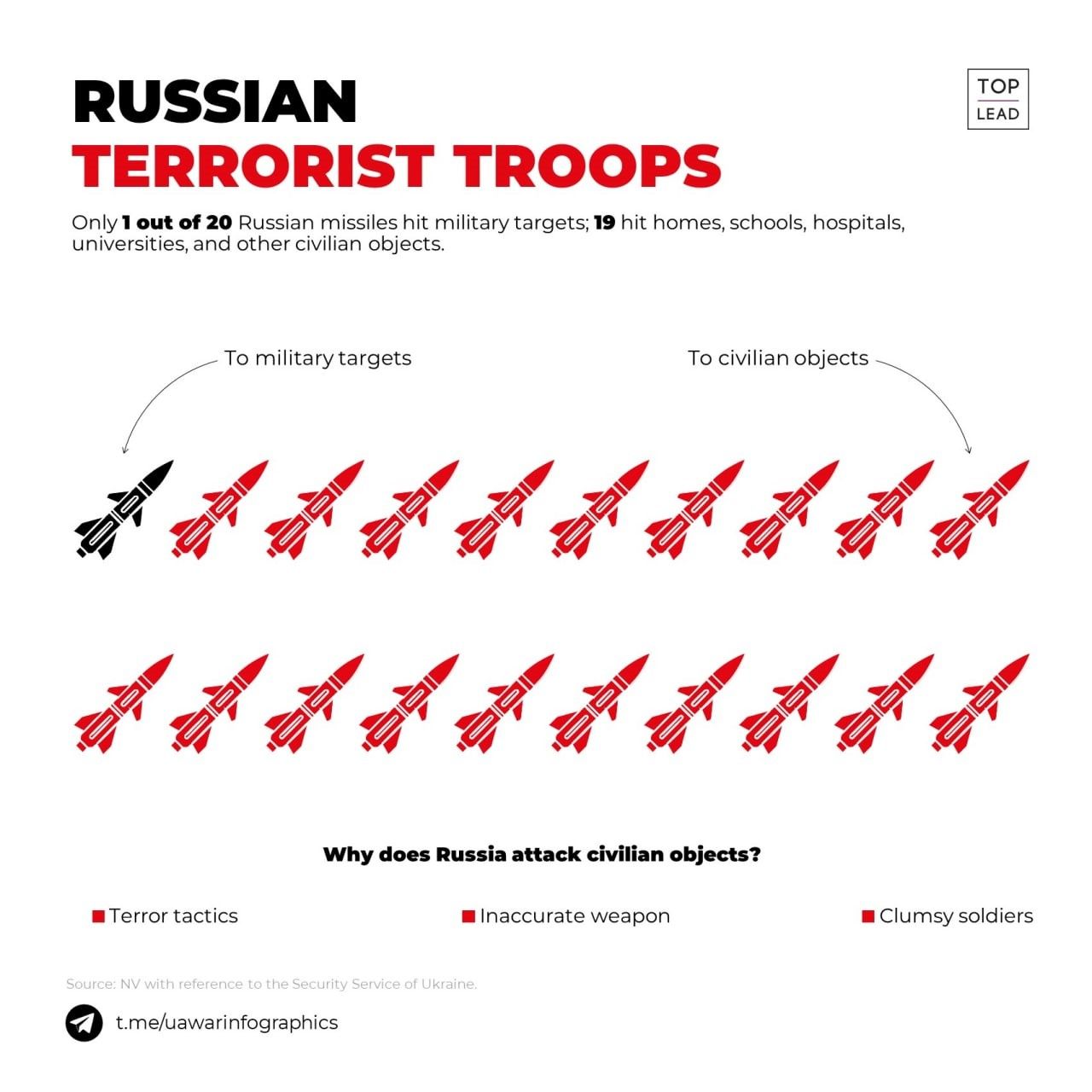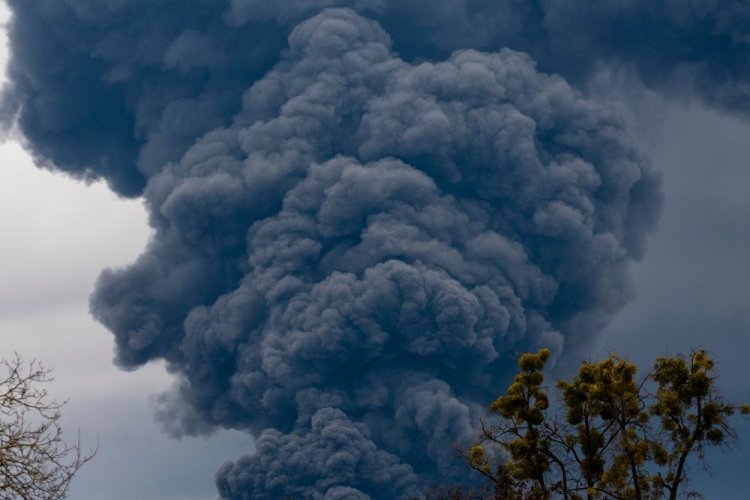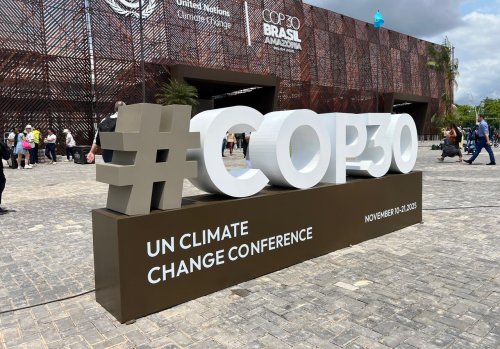On August 19, the head of the Ministry of Environment, Ruslan Strilets, met with the acting Permanent Representative of the UNDP in Ukraine, Manal Fouani, at which they discussed post-war environmental restoration, preparation for COP27, and cooperation in forest sector development projects in Ukraine.
They also discussed recording and calculating damage to the environment from Russian aggression, reports Ministry of Environment.
"The UNDP in Ukraine is one of our Ministry’s most important and reliable partners, helping us to implement several major environmental projects. I am convinced that such support will allow us to carry out all our plans successfully," Ruslan Strilets emphasized.
Threats to nuclear and radiation safety
As of August 24, 2022, the Zaporizhzhia NPP operates with the risk of violating radiation and fire safety standards.
According to British Ministry of Defense intelligence, satellite images from August 21 showed that Russia maintains an increased military presence at the station and has deployed armored personnel carriers within 60 meters of the fifth reactor of the ZNPP.
"On August 25, the ZNPP at least twice lost connection to the power line during the day. As a result of the cuts in the 750 kV power line, the ZNPP’s two operating reactor units were disconnected from the electricity grid and their emergency protection systems were triggered, while all safety systems remained operational. All six units remained disconnected from the grid also after the power line was restored in the evening of August 25," the material says.
The growing threat of Russia's unprecedented nuclear terrorism prompts Ukraine to prepare for all possible scenarios at the Zaporizhzhia nuclear power plant.
On August 17, Minister of Energy German Galushchenko and Minister of Internal Affairs Denys Monastyrskyi, together with the President of Energoatom Petro Kotin and the heads of the Dnipropetrovsk and Zaporizhzhia regional state administrations, as well as the State Emergency Service, inspected the work of the emergency services responsible for radiochemical, biological and nuclear safety in Zaporizhzhia.
On the basis of Energoatom, a 24-hour crisis headquarters has been established for an operational response in the event of any emergency at the ZNPP.
Ukraine calls on the world community to take immediate measures to force Russia to release the ZANP and transfer the power plant to state control for the sake of the world's security.
On August 20, Russian troops launched a missile attack on a residential building in the city of Voznesensk, located near the South Ukrainian nuclear power plant. As a result of the attack, 9 people were injured, including 4 children. The shelling of the surveillance zone of the South Ukrainian NPP is yet another cynical act of Russian nuclear terrorism.
Attacks on infrastructure and industrial facilities
August 18:
- launched numerous rocket attacks on Kharkiv. As a result of the attack, a fire broke out in an area of about 4,000 square meters at a civil facility in the Kholodnohirsky district of Kharkiv;
- launched a rocket attack on an infrastructure object in the Shevchenkivsky district of Zaporizhzhia;
- shelled Nikopol with barrel artillery, damaging 15 houses and a gas pipeline;
- destroyed and damaged 51 objects in the Donetsk region: in particular, agricultural machinery and a warehouse were destroyed.
August 19:
- launched rocket attacks on Kharkiv, destroying an enterprise building in the Osnovyansky district,
- attacked Mykolaiv with S-300 missiles damaging an enterprise in one of the districts of the city;
- shelled a farm in the Chuguyiv district of the Kharkiv region, causing agricultural machinery and garages to burn;
- destroyed the warehouses of the agricultural enterprise in the Velikomykhailivska community of the Dnipropetrovsk region.
August 20:
- missile strikes on infrastructure facilities of the Kharkiv and Chuguyiv districts of the Kharkiv region were recorded;
- the occupiers carried out 17 shellings of the Donetsk region, damaging, in particular, a utility company.
August 21:
- as a result of the shelling of Nikopol, a severe fire broke out at the enterprise, the fire destroyed its equipment;
- shelling damaged the Avdiivka coke-chemical plant in the Donetsk region;
- the invaders hit the territory of one of the agricultural enterprises of the Odesa district with 3 rockets, destroying warehouses with a grain of this year's harvest.
August 22:
- shelled the Zaporizhzhia TPP located in the occupied city of Energodar;
- shelled an infrastructure object in the Kyivsky district of Kharkiv and a fire broke out;
- launched a rocket attack on an agricultural enterprise in the Sinelnikyvsky district of the Dnipropetrovsk region.
August 23:
- in Orichiv, the Zaporizhzhia region, the central market caught fire after the occupiers’ shelling;
- one of the infrastructure objects of the Odesa region was hit by a Russian missile.
On August 24, the occupiers shelled 58 settlements:
- launched a rocket attack on the Chaplyne railway station in the Dnipropetrovsk region and a fire broke out. 25 people were fatally wounded, including 2 children;
- launched a rocket attack on a warehouse building in the Roganska community (the Kharkiv region). The area of the fire was about 300 square meters;
- launched rocket attacks on the infrastructure of Myrhorod, the Poltava region;
- launched rocket attacks on the critical infrastructure of the Shepetivka district of the Khmelnytskyi region. The fire that started as a result of the attack was extinguished;
- hit two industrial enterprises in the Shevchenkivsky district of Zaporizhzhia. Production facilities suffered significant damage.
The material explained that large-scale fires at infrastructural and industrial facilities lead to air poisoning with particularly dangerous substances that can be carried by winds over long distances.
In Ukraine, due to Russian aggression, more than 550 MW of solar power plants and domestic SPPs were damaged or destroyed. Most of the destroyed objects are located in the occupied territories or near the frontline of hostilities.
Pollution directly caused by hostilities
According to Ukraine’s State Emergency Service (SES), from February 24 to August 24, 186,709 explosive devices, including 2,102 aircraft bombs, were neutralized in Ukraine. An area of 68,937 hectares was surveyed for explosives.
On August 23, President Zelensky informed that the total number of various cruise missiles Russia had used against Ukraine was approaching 3,500.

The Mykolaiv regional administration reported that as of August 23, since the beginning of the Russian invasion 9,819 civilian objects have been partially or completely damaged in the Mykolaiv region. Destruction of buildings and settlements leads to pollution by construction debris and asbestos, and the consequences of such pollution to the environment will last for years.
Pity the nature reserves and protected ecosystems
According to the SEI, the environmental damage of UAH 14.5 billion was caused as a result of forest fires in the Drevlianskyi Nature Reserve in the Zhytomyr region.
In addition, during the burning, tens of thousands of tons of pollutants of various hazard classes rose into the air. The release of radioactive isotopes, which were accumulated on the territory of the nature reserve fund as a result of the accident at the Chernobyl nuclear power plant, is also not excluded.
Damage to water resources
The State Water Agency published an analytical review of the state of water resources in July 2022. Taking into account the operational military situation, monitoring of the quality of surface water bodies used for drinking and household needs of the population was carried out at 67 monitoring points, which is 71% of the planned amount.
In the basin of the Don River in Eastern Ukraine, traces of heavy metals (cadmium, lead, mercury, copper, zinc) were found in the waters. In particular, a high mercury concentration (0.59 μg/dm3) was recorded at the monitoring point near the mouth of the Sukhy Torets River. The maximum permissible environmental quality standard for mercury in the water is 0.07 μg/dm3.
Since the beginning of the full-scale war, Russians have occupied the Kakhovska hydroelectric power plant in the Kherson region. The Dniproges, Kremenchuk, Middle Dnipro, Kyiv, and Kaniv HPPs are under threat of attacks.
The article noted that shelling of hydroelectric power plants can lead to their destruction, which will have catastrophic consequences for the lives of Ukrainians and the environment, because a destroyed dam can flood lands and cities far downstream.
At the beginning of August, repair works were completed on the lock of the dam across the Irpin River in the Kyiv region, which was destroyed in the first days of the Russian invasion. The pumping station started pumping water out of the flooded areas. According to environmentalists, the ecosystem will eventually recover, but it will take at least 5 years
Black and Azov seas
Russian troops have placed many mines in the waters of the Black Sea, threatening both shipping and people and marine animals in Ukraine and other countries of the Black Sea region.
On August 22, the Naval Forces of Ukraine discovered and neutralized two drifting sea mines near the coast of the Odesa region.
Earlier, EcoPolitic wrote, that in Ukraine due to Russian aggression more than 550 MW of solar power plants and domestic SES were destroyed.




